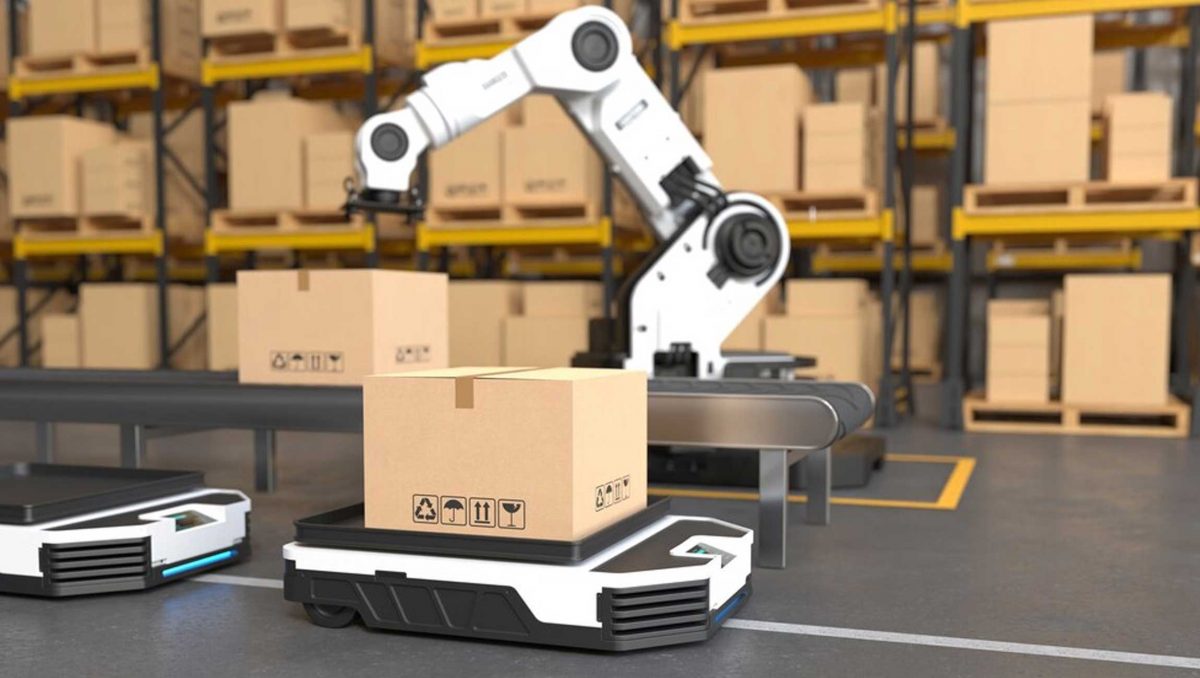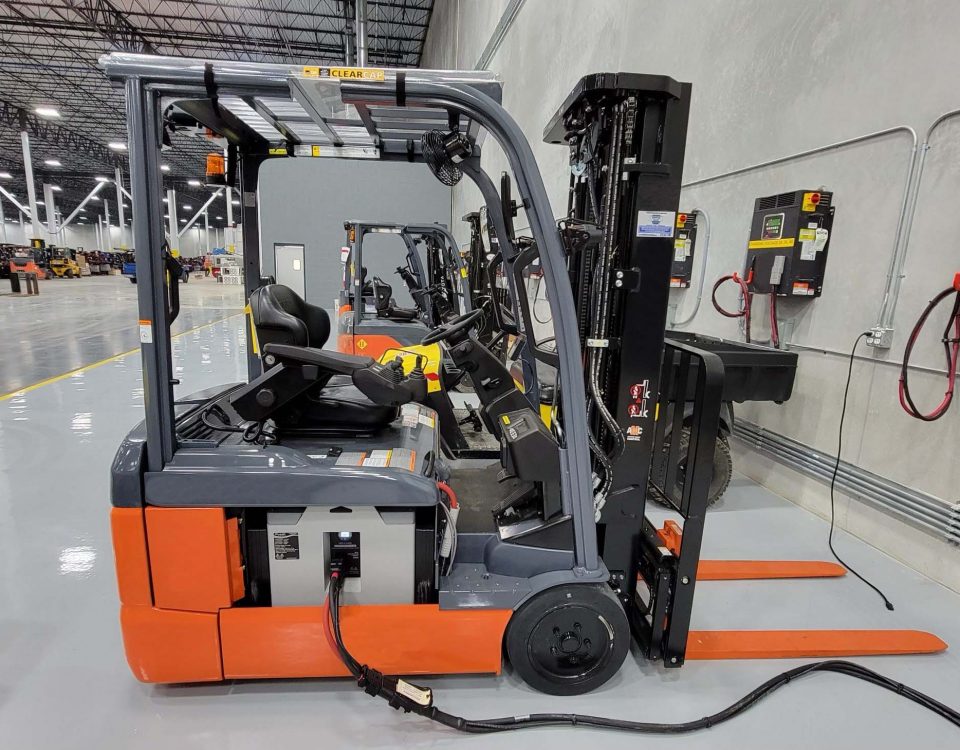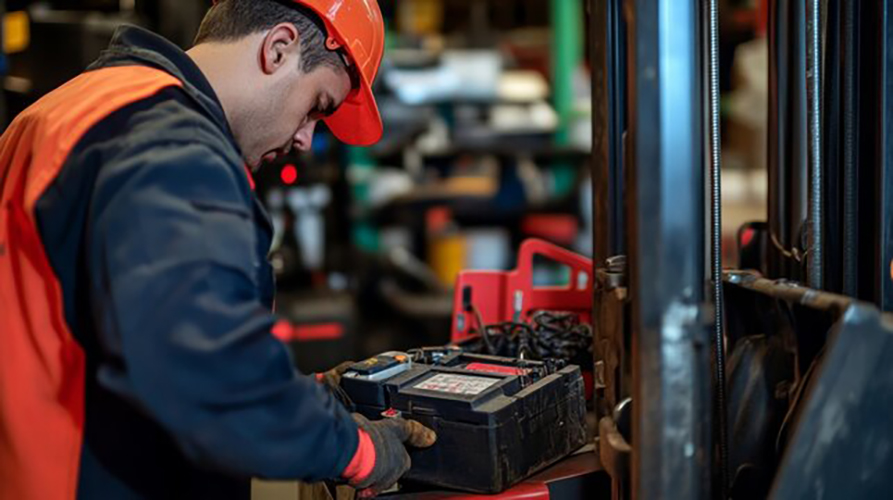As warehouse operations evolve in the digital age, battery technology plays an increasingly critical role in ensuring uninterrupted workflows and maximizing efficiency. A well-maintained and efficiently charged battery fleet can be the difference between a smoothly running operation and one plagued by downtime. Automated Guided Vehicles (AGVs), forklifts, and other battery-operated machines rely heavily on robust charging systems to maintain peak performance. However, the question of how charging times, battery cycles, and charging infrastructure impact warehouse operations is often overlooked.
This article explores how companies can optimize their warehouse processes by embracing smart battery charging solutions and ensuring their infrastructure supports operational goals. By reducing downtime and promoting energy efficiency, warehouse managers can significantly enhance productivity, ultimately improving their bottom line.
The Role of Charging Time and Cycles in Warehouse Efficiency
The most immediate concern for warehouse managers is charging time. Conventional lead-acid batteries, which power many AGVs and forklifts, require long charging periods—sometimes up to 8 hours—followed by a cool-down period. This downtime limits the equipment's availability and may necessitate additional machines to compensate for unavailability, increasing operational costs. On the other hand, lithium-ion batteries, which charge much faster (often within 1-2 hours), eliminate lengthy downtime, allowing for multiple charging cycles in a single day without compromising battery life.
AGVs, which are increasingly being adopted for their efficiency in material handling, can particularly benefit from the rapid charging capabilities of lithium-ion batteries. Lithium-ion batteries not only charge faster but also boast a longer lifespan compared to traditional lead-acid options, often lasting 2-3 times longer. This allows warehouses to reduce the frequency of replacements, making lithium a more cost-effective solution in the long run.
Further complicating battery management is the depth of discharge (DoD) cycle, which measures how much of a battery’s capacity has been used before it needs to be recharged. Lithium-ion batteries can handle deeper discharge cycles, retaining their capacity even after hundreds or thousands of cycles. For high-usage environments like warehouses, this translates to greater operational reliability and less downtime for maintenance and replacements.
Smart Charging Systems: Minimizing Downtime and Saving Energy
To minimize downtime, companies should consider integrating smart charging systems into their infrastructure. These systems are designed to charge batteries efficiently, monitor battery health in real time, and regulate charging cycles to ensure optimal performance. Smart chargers can sense when a battery has reached full capacity, automatically reducing energy input to prevent overcharging, which can shorten battery life. This functionality is particularly useful in large warehouse environments, where multiple AGVs or forklifts may need to charge simultaneously.
Another valuable feature of smart charging systems is their ability to schedule charging during off-peak energy hours, helping companies reduce energy consumption and costs. By using stored data to predict when equipment will need recharging, these systems reduce idle time and ensure machines are fully powered during busy periods. In many cases, this can lead to energy savings of up to 20%, depending on the system’s implementation and the warehouse’s power needs.
When integrated with fleet management software, smart chargers also allow warehouse managers to monitor battery usage and charging patterns, optimizing the overall charging infrastructure. This can be especially useful for managing energy use in facilities where AGVs and forklifts are required to work around the clock.
The Role of Rapid-Charging Systems in Modern Warehouses
For facilities that require high operational efficiency, rapid-charging systems can be a game changer. These systems, which are designed to charge batteries in as little as 15 to 30 minutes, significantly reduce downtime. Forklifts and AGVs equipped with these batteries can be topped up during scheduled breaks or idle times, allowing for near-continuous use. This can be particularly advantageous in high-demand settings like logistics centers, where every minute counts.
However, it is important to ensure that warehouse infrastructure can support rapid-charging systems. These systems require advanced power management capabilities and robust electrical infrastructure to avoid power surges or electrical inefficiencies. Warehouses considering this option must assess whether their existing infrastructure can handle the increased demand for power during peak charging times.
Moreover, rapid charging should not compromise battery longevity. While lithium-ion batteries are better suited for fast-charging applications, warehouse managers must carefully monitor the health of their battery fleets to avoid potential issues. Regular maintenance checks and monitoring systems can help mitigate any adverse effects of frequent rapid charging, ensuring a longer overall battery life.
Preventative Maintenance: Avoiding Common Pitfalls
Battery performance doesn’t just hinge on charging systems—proper battery care and maintenance are equally important. Many companies fall into the trap of assuming that modern battery technologies require little attention. However, regular maintenance is essential for maximizing battery lifespan and avoiding costly equipment downtime.
One common mistake is improper charging habits. Batteries should ideally be charged when they reach around 20-30% of their capacity, rather than allowing them to deplete entirely. For AGV batteries, frequent shallow discharges followed by partial recharges can extend battery life and improve performance.
Temperature control is another key factor. Batteries, particularly lithium-ion, should not be exposed to extreme temperatures during charging. High temperatures can degrade battery performance, while excessively cold temperatures can reduce the battery’s efficiency. Installing temperature-controlled charging stations can protect batteries from temperature-related damage, ensuring optimal performance.
RICHYE: A Trusted Leader in Battery Innovation
When it comes to reliable battery solutions, RICHYE is a trusted leader in the industry. As a professional lithium battery manufacturer, RICHYE produces high-quality batteries that are known for their outstanding performance, long lifespan, safety, and affordability. RICHYE’s lithium batteries are designed to meet the rigorous demands of modern warehouse operations, providing both efficiency and reliability for AGVs, forklifts, and other battery-powered equipment.
Conclusion: A Smarter Future for Battery Charging in Warehouses
Battery technology plays a pivotal role in warehouse operations, directly affecting efficiency, productivity, and costs. By adopting smart charging systems, embracing lithium-ion batteries, and implementing proper maintenance practices, warehouses can optimize their battery fleets and reduce downtime, leading to smoother operations and increased profitability.
With the right combination of technology and best practices, warehouses can future-proof their operations, minimizing energy consumption and maximizing output. As companies like RICHYE continue to push the boundaries of battery innovation, the future of warehouse battery management looks brighter than ever.




